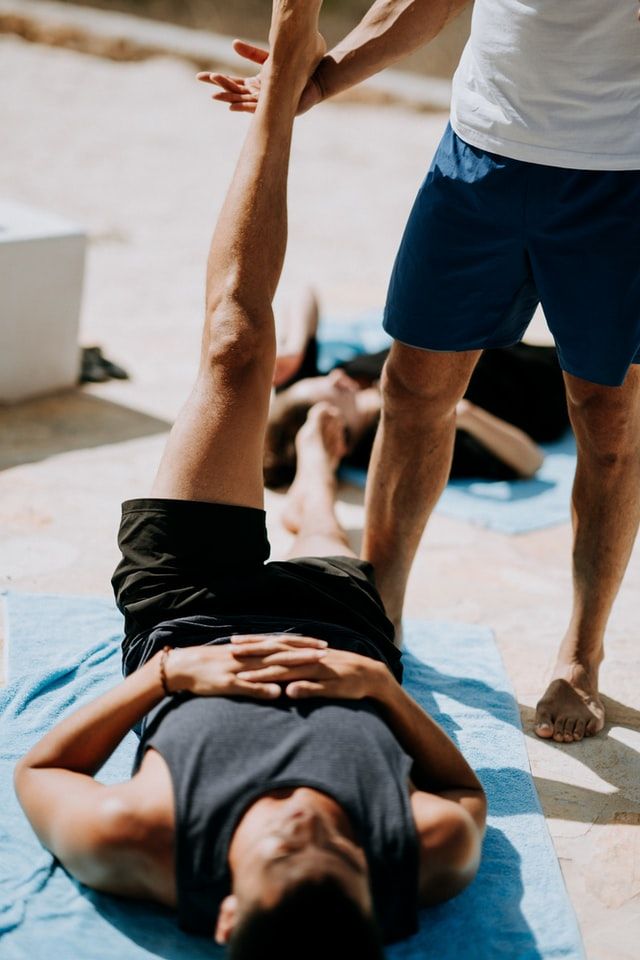Every sports person knows the frustration of dealing with an injury and the corresponding lay-off from training and/or competition that is required for healing. Each sport has unique physical demands which can differ considerably from the next. However, regardless of what your chosen sport is, returning to play following an injury always requires an athlete to follow a specific set of key principles in order to recondition the body appropriately. The risks of returning to play too soon or without the correct rehabilitation can have long-lasting and detrimental effects on the body or raise the risk or re-injury and further recovery time.
Follow these basic principles to ensure that you recover from injury rapidly and completely to allow you to get back out there with minimal fuss:
- Avoid aggravating the injury during the rehabilitation. Exercises and movements around the injury site should mostly be performed pain-free (within reason–there may be some residual discomfort). The old saying of “no pain, no gain” should definitely not apply to your rehab process.
- The timing of your rehabilitation is important. The sooner you can start your rehabilitation process, the better, without aggravating the injury. Rest is an important part of rehab, but the benefits of starting as soon as possible after an injury is advantageous in most cases. Rest doesn’t always mean complete rest though. The specific body part which is injured needs to be offloaded, but cross-training is often beneficial to maintain fitness and accelerate healing.
- Compliance with the rehabilitation program is a vital component to recovery. Whilst guidance and education from the rehab team is necessary, the hard work needs to be done by the athlete concerned. Some patience is required; the benefits of rehabilitation are not evident overnight, but dedication and consistency pay off soon enough. Goal-setting and timelines should be used to aid compliance.
- Individualisation is a key element in rehabilitation. Identical injuries often respond entirely differently from one person to the next. Factors which affect the healing response include age, general health, level of fitness, smoking status and others. Rehabilitation programs should be personalised and geared towards each person’s specific needs and physiological responses to an injury.
- A therapeutic exercise program should follow a specific sequence of events. This specific sequence is determined by the body’s physiological healing response and generally follows a gradual increase in exercise complexity.
- The intensity of the rehabilitation program is important. Too much and you risk aggravating the injury. Too little and the recovery will be very slow. It is important for the health professional to guide the intensity of the program.
- The whole body must be the focus of the rehabilitation program, not just the injured area. It is important for the unaffected areas of the body to stay fit and strong to assist with a faster return to play.
Dealing with severe or prolonged injury is often a frustrating and anxiety-provoking experience, especially if the injury keeps you away from your usual stress-busting run, ride or gym-session. Anxiety and depression are common in athletes who suffer an injury, so don’t forget to consider your mental health during the healing process.
With a well-formulated plan and some self-discipline and dedication, you’ll be back out there in no time.
.svg)

